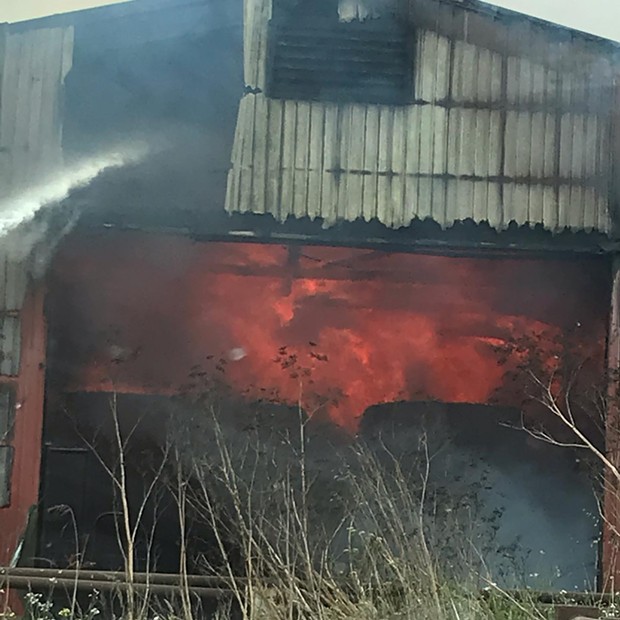I'm evacuated and the grid power is out, but my wireless internet is active so I have been able to monitor my system.
I had a new "Small" Tesla energy storage system installed in January (although not finally turned on until June) with two Power Walls instead of one (which was recommended at the time and included the second power wall at half price).
The solar panels energy generation is significantly reduced by the thick smoke in the air (not too surprisingly).
I have 4 air filters and 1 fridge running in the house. (Averaging about 500 watts usage).
After 6 days with no power, the 2 Power Walls are dipping down into the high 30% range.
If I were onsite, then I would not realistically be able to use the AC for any significant period of time. (Certainly a PSPS outage with lots of smoke in the air or other non-evac situation with a power outage and lots of smoke in the air is possible). I would wash the panels if I were onsite which should help, but probably not enough.
I would like to evaluate adding wind turbines into the mix for this type of scenario, however, my understanding is that this is not currently supported.
Anyone know if wind turbine support is on the horizon? Seems like an some additional approach is needed to increase the viability of this solution in the context of the new wild fires normal.
I could add more panels if Tesla supported this (although it is not clear that they would) however, this does not seem to be optimal value for money as additional panels would still be adversely impacted by smoke.
I had a new "Small" Tesla energy storage system installed in January (although not finally turned on until June) with two Power Walls instead of one (which was recommended at the time and included the second power wall at half price).
The solar panels energy generation is significantly reduced by the thick smoke in the air (not too surprisingly).
I have 4 air filters and 1 fridge running in the house. (Averaging about 500 watts usage).
After 6 days with no power, the 2 Power Walls are dipping down into the high 30% range.
If I were onsite, then I would not realistically be able to use the AC for any significant period of time. (Certainly a PSPS outage with lots of smoke in the air or other non-evac situation with a power outage and lots of smoke in the air is possible). I would wash the panels if I were onsite which should help, but probably not enough.
I would like to evaluate adding wind turbines into the mix for this type of scenario, however, my understanding is that this is not currently supported.
Anyone know if wind turbine support is on the horizon? Seems like an some additional approach is needed to increase the viability of this solution in the context of the new wild fires normal.
I could add more panels if Tesla supported this (although it is not clear that they would) however, this does not seem to be optimal value for money as additional panels would still be adversely impacted by smoke.



